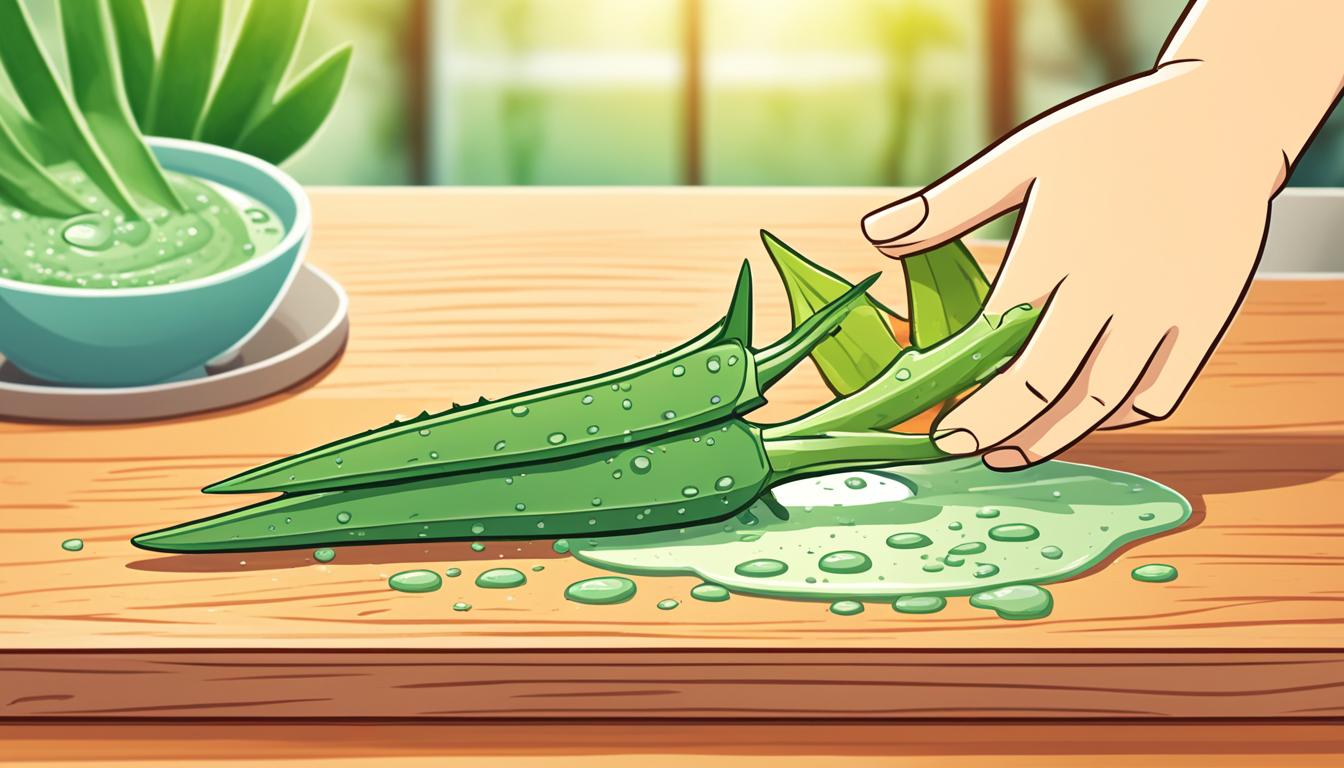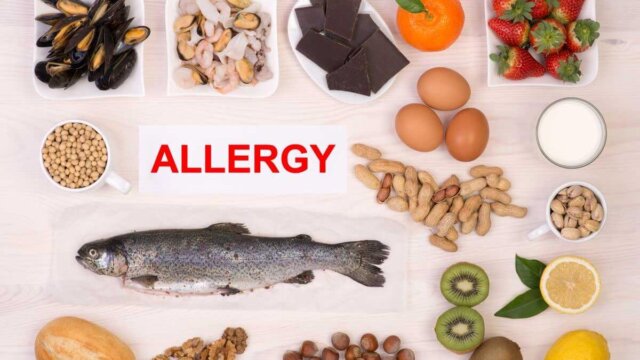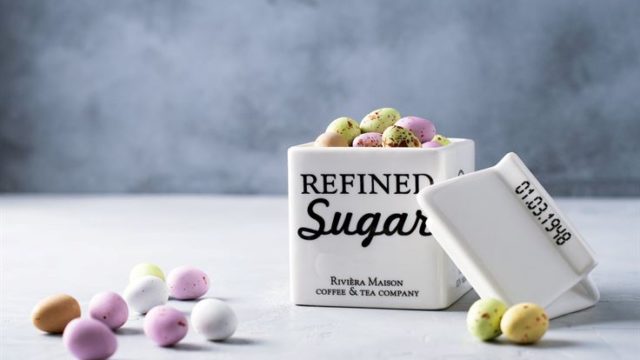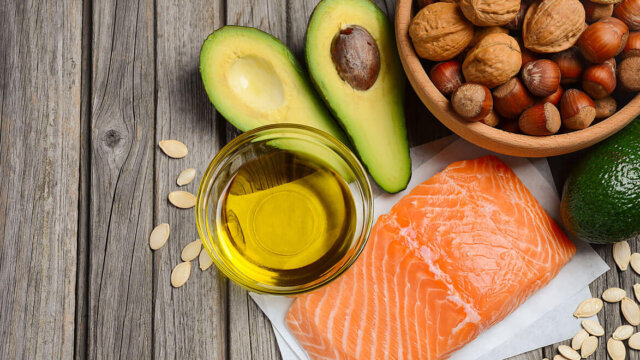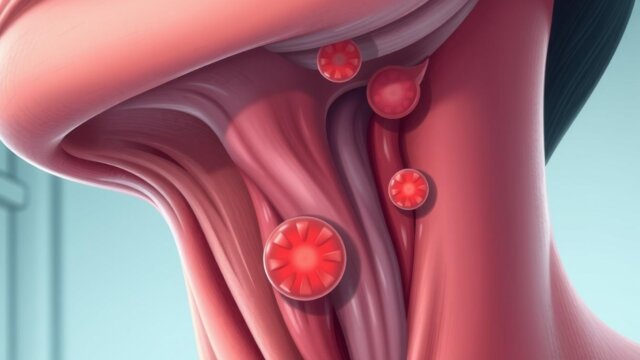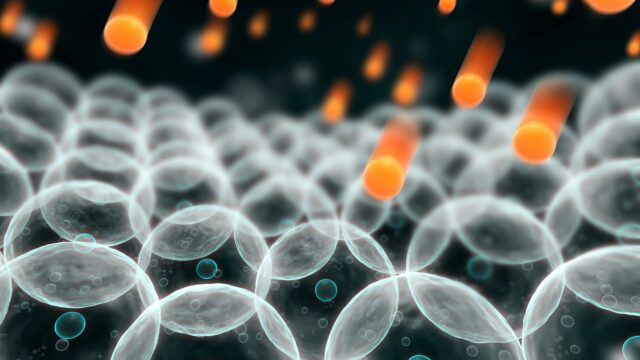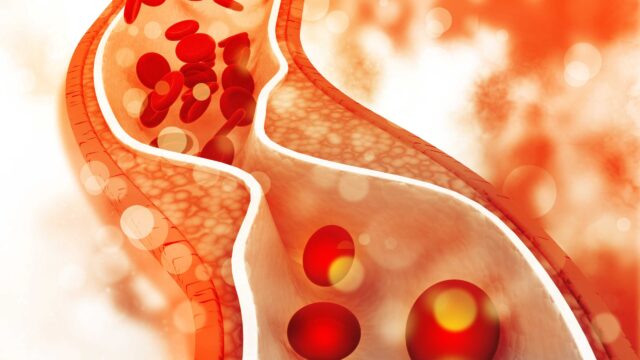FTC disclaimer: This post may contains affiliate links and we will be compensated if you click on a link and make a purchase.
Did you know that skin abrasions are very common? They often happen on the elbows, knees, shins, ankles, and upper parts of the body. Most of these wounds are mild and only hurt the outermost skin layer. But, some wounds need a doctor’s help. Luckily, you can treat many at home with natural remedies.
This guide will show you how to use home remedies and natural treatments. These can help your skin heal faster, stop infections, and lessen scars. You’ll learn about the healing power of aloe vera, garlic, and coconut oil.
Key Takeaways
- Abrasions are common, often minor injuries that can be treated at home
- Natural remedies like aloe vera, honey, turmeric, and coconut oil can help accelerate healing
- Proper wound care, including cleaning and monitoring for infection, is crucial
- Severe abrasions or signs of infection require prompt medical attention
- Preventing scarring and complications is important for full recovery
Understanding Skin Abrasions
What Are Skin Abrasions?
A skin abrasion is when the skin rubs against something rough, taking off the top layer. These injuries are also called scrapes or grazes. They can be mild or very serious, affecting different skin layers.
Types of Skin Abrasions
There are different kinds of skin abrasions, based on how bad they are and what they look like. Some are minor and don’t bleed, while others are deeper and can cause scars. These injuries can happen to anyone, at any age, usually by accident. But, some are caused on purpose, especially in middle-aged women.
Most abrasions are on the head or torso, making up half of all cases. The arms and legs also get a lot of them, making up 15.4% and 34.6% respectively. Kids often get them from falling or playing sports, while older people often get them from falling down.
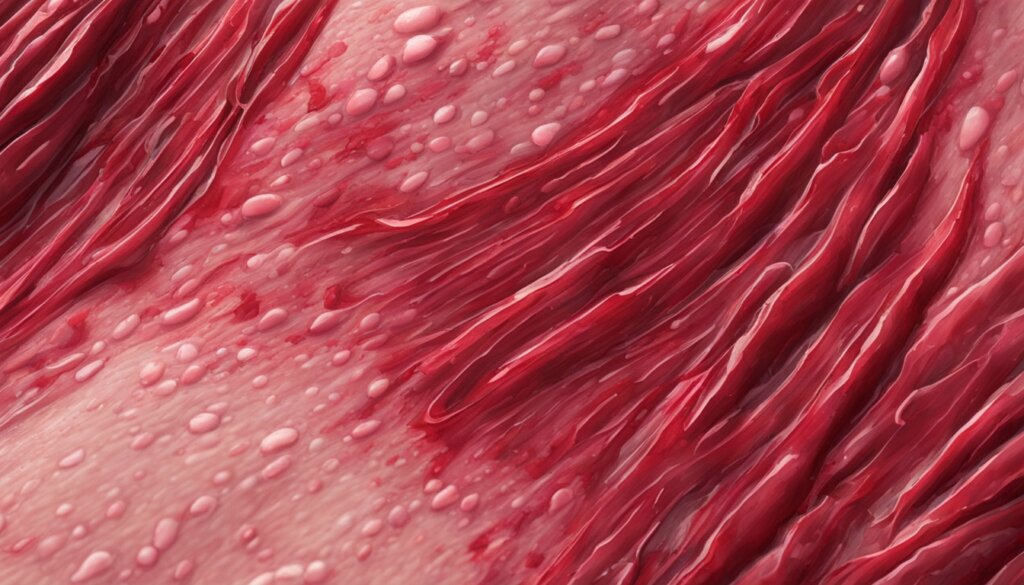
Abrasion Type | Characteristics |
|---|---|
Minor Abrasions | Affect the skin’s top layer, do not bleed |
Deep Abrasions | Affect deeper tissue layers, can bleed, may lead to scarring |
Knowing about the different kinds of skin abrasions and their signs is key to treating and healing them. In kids, abrasions are the most common injury, making up 70.7% of all injuries.
First Aid for Skin Abrasions
When you get a skin abrasion, clean the wound first. This removes dirt, debris, or objects stuck in your skin. Use cool to lukewarm water and mild soap to wash it. Be gentle to avoid making it worse.
Cleaning the Wound
Cleaning the wound right is key to avoid infection and help it heal. Clean it with antibacterial soap every day when you shower. Then, dry it well with a clean towel or cloth.
Stopping the Bleeding
If the abrasion bleeds, press it with a clean cloth or bandage. Raising the area can also help stop the bleeding. After it stops, check for any dirt and clean it out.
Watch the wound for signs of infection like more redness, swelling, bad smell, or flu-like symptoms. If you see these signs, or if it doesn’t heal in 2-3 weeks, see a doctor.
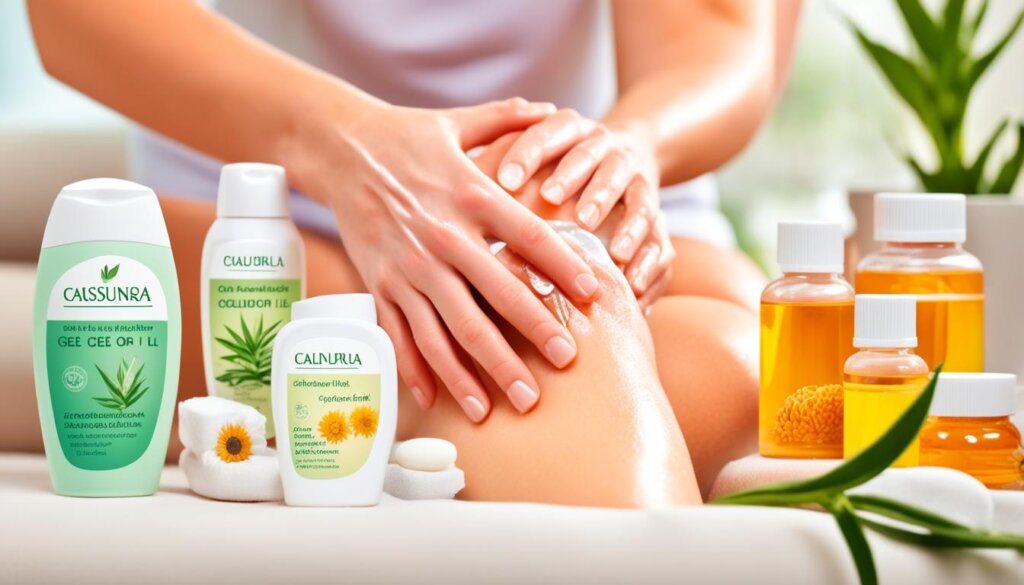
Good first aid and wound care are key to avoiding problems and healing faster. By doing these steps, you can make sure your skin abrasion heals well.
Statistic | Value |
|---|---|
Americans experiencing minor cuts, scrapes, or injuries requiring home first aid each year | 6 million |
Minor cuts and abrasions that can be managed effectively with home remedies | 35% |
Minor cuts and scrapes requiring medical attention | 20% |
Minor cuts and scrapes resulting in infections | 5% |
Minor cuts and scrapes meeting criteria for medical intervention (stitches) | 10% |
Reduction in infection risk by regularly changing dressings/bandages | Up to 80% |
Reduction in infection likelihood by using antibiotic ointment | 90% |
“Proper wound care and monitoring are crucial for preventing complications and promoting faster healing.”
Natural Remedies for Faster Healing
There are many natural ways to help skin abrasions heal faster. Using antibacterial ointments like those with bacitracin can stop infections and speed healing. Petroleum jelly also protects the wound while it heals.
Antibacterial Ointments
Antibacterial ointments with bacitracin are great for skin abrasions. They protect the wound from infection, which helps it heal faster. They’re especially good for people at higher risk, like older adults or those with diabetes.
When using these ointments, follow the package instructions. Apply a thin layer to the wound. Keeping the area clean and covered helps healing too.
Ingredient | Benefit for Wound Healing |
|---|---|
Vitamin A or beta-carotene | Helps promote healthy scar tissue formation |
Vitamin C | Plays a crucial role in collagen formation and wound healing |
Zinc | Stimulates wound healing but should not be applied to open wounds |
Bromelain | Derived from pineapple, has shown benefits in reducing post-surgical swelling and pain |
Glucosamine and chondroitin sulfate | May aid in connective tissue repair for wound healing |
L-arginine | May improve healing time after surgery |
Other natural remedies can also help skin abrasions heal faster. These include aloe vera, honey, lavender oil, marigold, turmeric, tea tree oil, vitamin E, and St. John’s wort. But, talk to a healthcare professional before trying them, especially if you have health issues or take medicines.
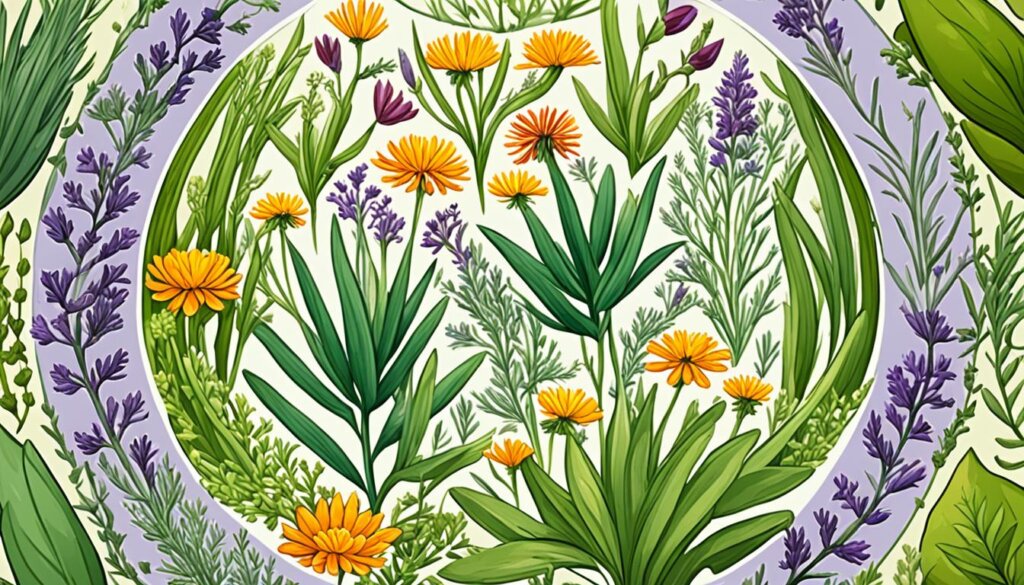
While natural remedies are helpful, see a doctor for serious wounds. This includes wounds over 3/4 inches, deeper than 1/4 inches, or those not healing. Wounds that keep bleeding or come from animal bites need immediate medical help.
“Natural remedies gain popularity due to concerns over antibiotic resistance, as per a 2014 research review.”
The Power of Aloe Vera
Aloe vera is a plant from the Mediterranean. It’s known for its healing powers. Aloe Vera has vitamins, minerals, and glucomannan. These help with healing and making collagen, which is important for skin health.
Putting a thin layer of aloe vera gel on the skin helps with healing. It also keeps the skin moist and fights inflammation. Research shows it can help with diabetes and fight off harmful bacteria.
Aloe vera is good for more than just wounds. It can help with arthritis and manage diabetes and metabolic syndrome. Many studies have looked into its use for healing wounds. It helps reduce swelling, grow new tissue, and heal faster.
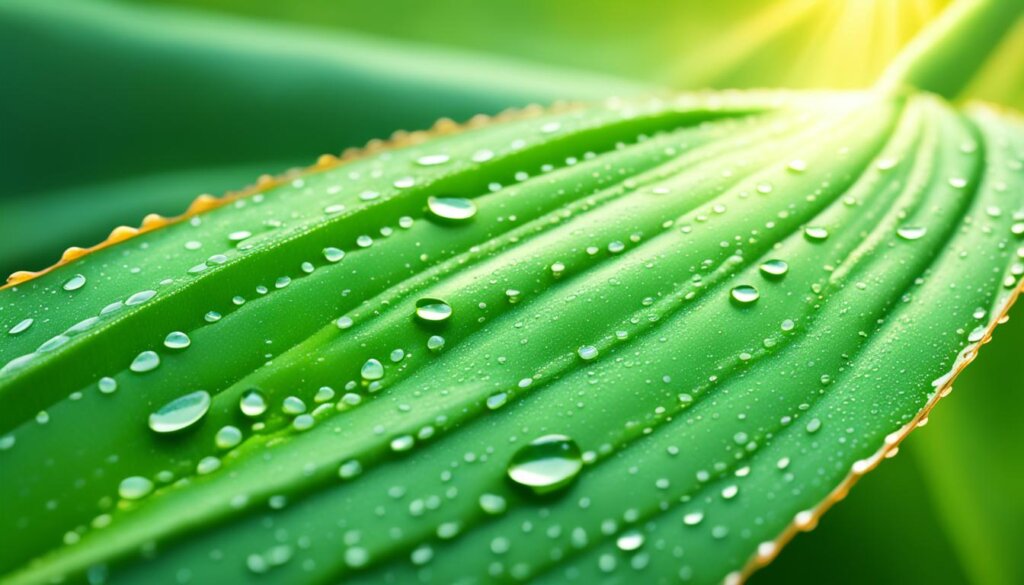
Aloe Vera is a great natural way to help with skin issues and injuries. It’s a safe choice for home remedies to help your skin heal naturally.
Honey: A Sweet Solution for Wounds
Benefits of Honey for Wound Healing
Honey is known for its amazing healing powers. It can help with many skin issues, from small cuts to big wounds. Studies show it works well for healing wounds. A review in 2020 found honey dressings work great for wounds.
Honey fights bacteria and reduces swelling. A 2013 study talked about its fight against antibiotic-resistant bacteria. A 2016 review looked into how honey helps heal wounds.
Honey does more than fight germs and reduce swelling. A 2020 study showed it can kill tough bacteria and help diabetic patients avoid amputations. A 2016 article talked about honey as a natural germ fighter for skin problems.
Honey is strong against germs, as shown in a 2019 study. A 2021 article talked about honey’s healing parts and how they help wounds. A 2018 study looked into honey’s anti-inflammatory effects.
Many studies prove honey helps heal wounds. A 2011 trial looked at honey for pressure ulcers. A 2011 article explained why honey is used in wound care.
Research shows honey is a great natural way to heal skin issues and speed up recovery.
Study | Findings |
|---|---|
Systematic review of honey dressing in wound treatment (2020) | Highlighted the efficacy of honey dressings in wound treatment |
Randomized clinical trial of honey-impregnated dressings for venous leg ulcers (2008) | Found honey-impregnated dressings were effective in treating venous leg ulcers |
Honey’s potential in addressing antimicrobial resistance (2013) | Emphasized honey’s potential in addressing the growing challenge of antimicrobial resistance |
Biological properties and therapeutic activities of honey in wound healing (2016) | Provided valuable insights into the effectiveness of honey in wound healing |
Medical-grade honey kills antibiotic-resistant bacteria and prevents amputations in diabetic patients with infected ulcers (2020) | Indicated the potential of honey in preventing amputations among diabetic patients with infected ulcers |
“Honey has long been revered for its remarkable wound-healing properties. Research suggests that honey can be an effective natural remedy for a wide range of skin abrasions, from minor cuts and scrapes to more serious wounds.”
Turmeric: The Golden Healer
Turmeric is a bright yellow spice known for its healing powers. It has curcumin, a key part that fights antibacterial, anti-inflammatory, and helps with wound-healing. Curcumin boosts growth factors, speeds up healing, and helps make more collagen at injury sites.
Applying Turmeric Paste
Applying turmeric paste is a great way to use turmeric for skin issues. Mix turmeric powder with warm water to get a paste. You can store this paste in the fridge for weeks and use it in food.
When you put turmeric on your skin, it reduces swelling and helps repair tissue. It also fights infection. Turmeric makes skin look better because of its antioxidants and anti-inflammatory effects.
Turmeric isn’t easily absorbed by the body, so be careful with how much you take. It can also stain skin or cause allergic reactions like redness and swelling. Always test it on a small area first.
“Turmeric has been linked to providing a natural glow to the skin due to its antioxidant and anti-inflammatory components.”
More studies are needed, but turmeric looks good for skin issues like eczema and acne. Adding turmeric to your home remedies can help your skin heal naturally.
Garlic: A Pungent Antimicrobial
Garlic is a strong natural remedy for skin cuts. It has allicin, which helps heal wounds fast.
Studies show garlic works well on wounds. It can make healing faster. Using garlic cream on cuts fights infection and helps heal naturally.
- Garlic has stuff like allicin that kills tough bacteria.
- People eat about two pounds of garlic each year.
- China and India make the most garlic (1961–2017).
Garlic also reduces swelling, making it great for skin cuts and healing. Adding this strong ingredient to your home care can help your skin heal faster.
“Garlic has been used for centuries as a natural remedy for a variety of ailments, including skin infections and wound healing. The scientific evidence supporting its antimicrobial and anti-inflammatory properties is quite compelling.”
You can use garlic cream or eat it to help skin cuts. Garlic is a great choice for natural healing.
Coconut Oil: A Versatile Wound Treatment
Coconut oil is a top choice for treating skin cuts. It has monolaurin, a fatty acid that fights germs. It also has lauric acid, capric acid, and caprylic acid. These help wounds heal by fighting infection. Plus, it has anti-inflammatory stuff like polyphenols and tocopherols that lessen swelling in cuts.
How to Use Coconut Oil
Put a thin layer of coconut oil on the cut and cover it with a clean bandage. It stops infection and helps new skin grow faster. The cytokinins in it also help cells grow and divide, speeding up healing.
Coconut oil is safe and natural for treating wounds. It doesn’t usually cause allergic reactions. It also makes scars look less noticeable by boosting collagen production. So, it’s a great natural fix for skin cuts.
“Coconut oil is a staple ingredient in the holistic skincare market, with retailers like Pure Fiji offering natural products using cold-pressed virgin coconut oil.”
People love using coconut oil for their skin and hair because it’s natural. It’s good for moisturizing and helping with dry, itchy skin.
Coconut Oil Composition | Percentage |
|---|---|
Lauric Acid | 49% |
Medium-chain Fatty Acids | 65% |
Saturated Fat | 12 grams per tablespoon |
Unsaturated Fat | 1 gram per tablespoon |
Coconut oil’s fatty acids fight germs and reduce swelling, making it great for healing wounds. It speeds up healing, lowers swelling, and makes scars less visible. With its many benefits and few side effects, coconut oil is a must-have in any natural first-aid kit.
Home Remedies for Skin Abrasions
Minor skin issues like cuts and scrapes happen often. Luckily, there are home remedies to help them heal. These use things like aloe vera, honey, turmeric, garlic, and coconut oil. They have properties that help healing.
Aloe vera is great for skin issues. It soothes and fights germs, making it perfect for small skin cuts. Just put the gel from an aloe vera leaf on the cut to lessen swelling, heal faster, and avoid infection.
Honey is also good for skin cuts. It fights germs and helps wounds heal. Honey’s special mix of enzymes and antioxidants makes it a great way to ease pain and fight infection.
Turmeric is another useful spice for skin cuts. Make it into a paste and put it on the cut. It helps reduce swelling and fight germs, speeding up healing.
Adding these home remedies to your first-aid kit is smart. They offer safe and effective ways to handle minor skin cuts and aid in natural healing. Using these natural ingredients helps your body heal better and avoids the risks of other treatments.
Monitoring for Infection
It’s important to watch the wound for signs of infection. Wounds that are big, deep, or jagged are more likely to get infected. Some surgeries can also lead to infection in 2% to 4% of people. Older adults and those with health issues face a higher risk.
Health problems like diabetes or a weak immune system can make infections more likely.
Signs of Wound Infection
Knowing when a wound is infected is key. Look for signs like more pain, redness, swelling, and a bad smell. These symptoms can show up even a month after the injury. An infected wound often has yellow or green discharge and smells bad.
If you see these signs, get medical help fast. Not treating an infection can lead to serious problems like necrotizing fasciitis, a dangerous skin infection.
See a doctor quickly if the infection is severe or gets worse. Signs of infection include more pain, swelling, and redness.
Symptom | Description |
|---|---|
Increased Pain | The wound becomes more painful, even with minimal touch. |
Redness | The area around the wound appears red and inflamed. |
Swelling | The wound and surrounding skin become swollen. |
Foul Odor | The wound emits a pungent, unpleasant smell. |
Discharge | Pus or other fluids drain from the wound. |
Fever | The body temperature rises above normal levels. |
Red Streaks | Reddish lines radiate from the wound site. |
“Recognizing the signs of a wound infection is crucial for prompt treatment.”
Keep an eye on the wound and watch for infection signs to act fast. Getting medical help is key for proper care and a quick recovery.
When to Seek Medical Attention
Many skin abrasions can be treated at home with first aid and natural remedies. But, there are times you should get medical treatment. If you have severe, third-degree abrasions or big, deep cuts that might need stitches, see a healthcare provider. Also, if the wound won’t stop bleeding or you think it’s getting infected, get help fast.
Here are signs you should see a doctor for medical care:
- The wound was made by a puncture, like a nail or animal bite
- The wound is in a sensitive spot, like the eye
- You haven’t had a tetanus shot in the last 5 years and the wound could get infected
- The wound isn’t healing right or looks infected, with more redness, swelling, or pus
It’s always best to be safe with your health. If you’re not sure if a skin abrasion needs a doctor, talk to a healthcare provider.
Promoting Wound Healing
Using a clean bandage or dressing on your skin cuts can help it heal faster. Wounds that are covered heal quicker than those that are not. This is because the cover keeps the area clean, moist, and safe from harm. Changing the bandage often and using special creams can make healing go better.
Benefits of Keeping Wounds Covered
Keeping a wound moist is key for healing well. A bandage does this by:
- Protecting it from more damage or germs
- Helping new tissue grow
- Stopping scabs from forming
- Lowering the chance of infection
Covered wounds are less likely to scar or heal slowly. Keeping the area moist and safe helps your body heal naturally. This makes your cuts heal faster.
Change the bandage often, usually once or twice a day, to keep it clean. Putting on a thin layer of cream or using things like aloe vera or honey helps fight infection and speeds up healing.
If you see signs of infection, like more pain or swelling, get medical help. Taking good care of your wound and watching it closely is key to healing safely.
Preventing Scarring and Complications
Proper wound care is key to avoid scarring and complications from skin abrasions. Don’t pick at the scab as it forms. Keep the area clean and covered with a bandage or dressing to lower scarring risk.
Natural remedies like aloe vera and coconut oil can aid healing and lessen scars. Silicone sheeting and onion extract can also make scars look better.
Watch for signs of infection, like more redness, swelling, or pus. See a doctor if you notice these signs. Clean wounds, stitches, and right dressings can stop serious issues.
Protecting your skin from the sun helps scars fade less visible. Use a strong sunscreen with SPF 30 or higher for 18 months after the injury or surgery. Medical makeup can also help lessen the look of scars and boost confidence.
By taking these steps and using natural and medical treatments, you can prevent scarring and help your skin heal well.
Conclusion
Skin abrasions happen often, but you can treat them at home with the right home remedies and natural healing methods. Knowing the types of skin abrasions and how to clean and stop the bleeding helps. Studies show most cuts and scrapes heal quickly at home.
Using things like aloe vera, honey, turmeric, garlic, and coconut oil can help heal faster. They also fight off germs and reduce swelling. But, watch the wound for signs of infection. See a doctor if it’s serious or not getting better.
By using these home remedies and natural healing tips, you can take good care of your skin abrasions. Always be careful to avoid injuries. With the right steps, you can heal your skin abrasions naturally.
FAQ
What are skin abrasions?
Skin abrasions happen when the skin rubs against something rough. This removes the top layer of skin. They are also called scrapes or grazes.
What are the different types of skin abrasions?
Skin abrasions can be mild or severe. Mild ones affect only the top skin layer. Severe ones go deeper into the skin.
How do you treat a skin abrasion?
First, clean the wound to remove dirt and debris. Use cool to lukewarm water and mild soap. Then, apply gentle pressure with a clean cloth or bandage to stop bleeding.
What are some natural remedies that can help heal skin abrasions?
Natural remedies like aloe vera, honey, turmeric, garlic, and coconut oil can help. They have properties that fight infection, reduce swelling, and help the wound heal.
How does aloe vera help heal skin abrasions?
Aloe vera has vitamins and minerals that help skin heal. Using aloe vera gel or a bandage soaked in it can soothe the area. It keeps the skin moist and speeds up healing.
How can honey be used to treat skin abrasions?
Honey fights infection and reduces swelling. Putting honey on the wound can help it heal faster. It also lowers the chance of scars.
How does turmeric help heal skin abrasions?
Turmeric has ingredients that fight infection and reduce swelling. Applying turmeric paste to the wound can help it heal faster. It also makes the skin produce more collagen.
When should you seek medical attention for a skin abrasion?
See a doctor for serious abrasions that need stitches. Also, go if the wound is big, deep, or won’t stop bleeding. Or if you think it’s infected.
How can you prevent scarring from a skin abrasion?
Treat the wound well and keep it clean. Use natural remedies like aloe vera and coconut oil. Don’t pick at the scab to reduce scarring chances.
